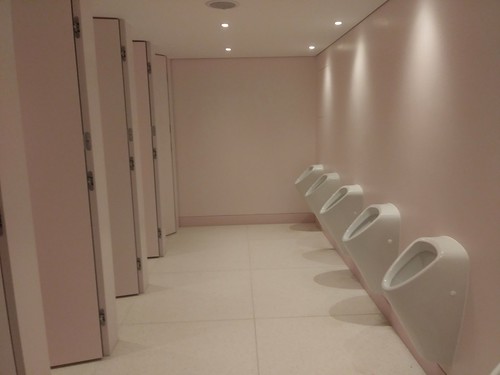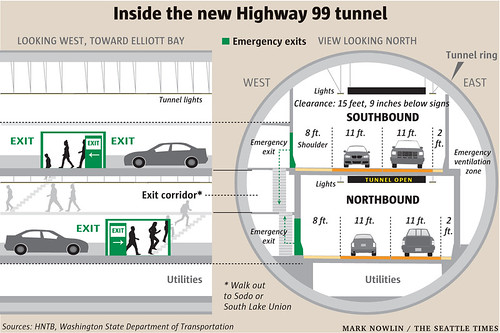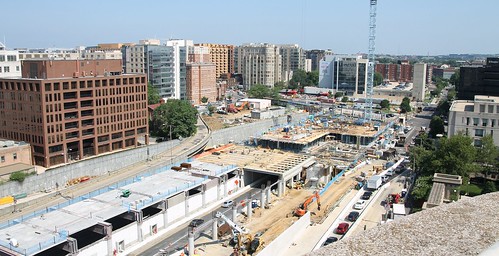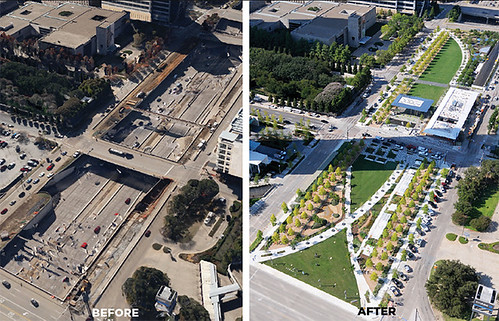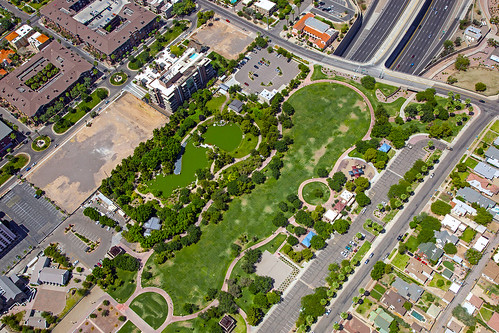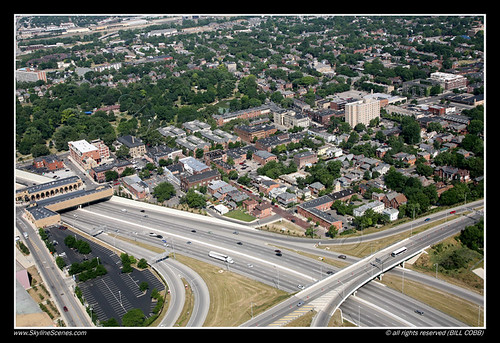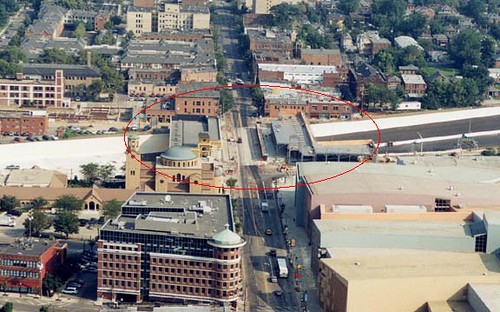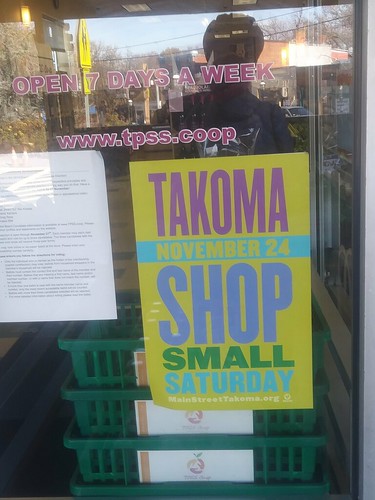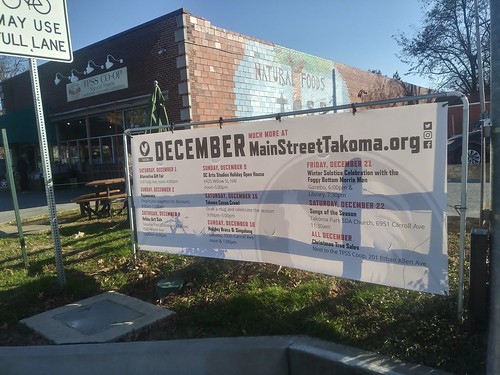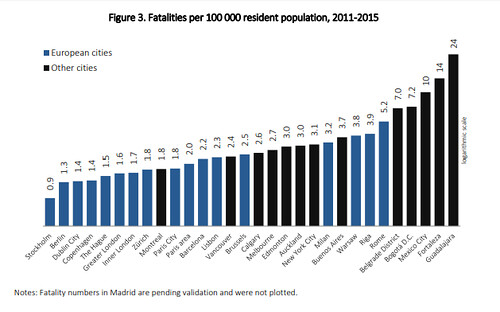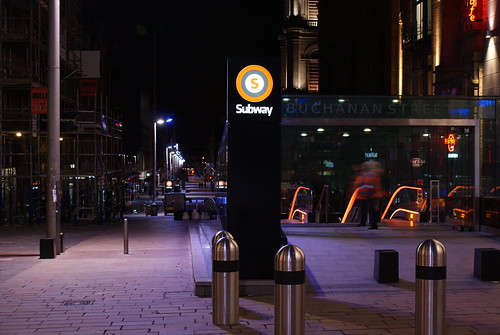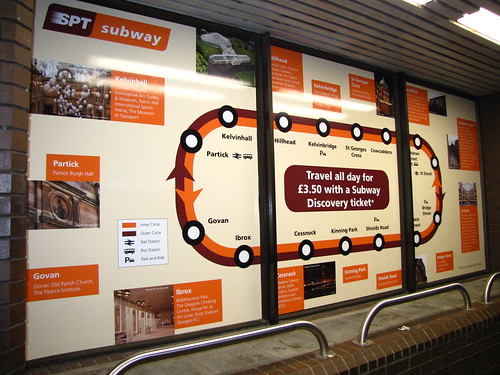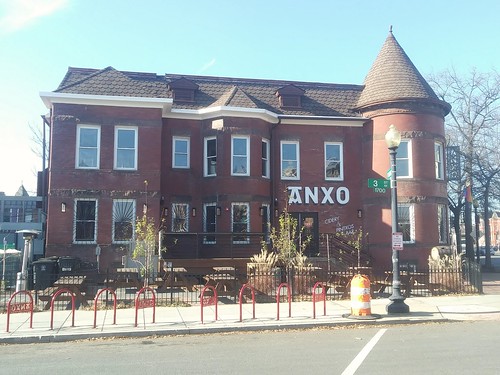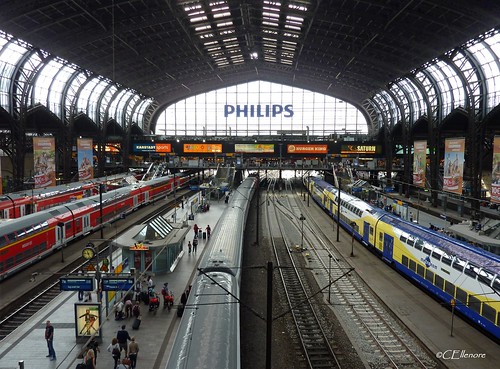=====
Aargh. I should have posted this at least one week ago. Had I put this in my calendar it could have been published earlier and people would have had time to grab one of the books.
=====

It happens that the traditional foods at Thanksgiving--turkey, mashed potatoes and gravy, even cranberry sauce, vegetables (but not the green beans grossed up with mushroom soup and French fried onions) including squash, breads, pie (pumpkin, apple, pecan, sweet potato) and ice cream--comprise my favorite meal.
Two years ago, the brother of our next door neighbor and his wife made the best roasted turkey I've ever tasted, but now that family is living in Guatemala.
One of our contributions is roasted vegetables (who knew that by simply roasting them in olive oil, salt and pepper, brussel sprouts could actually taste really good?).
I want to make pie, but another attendee is making pies, not me.
Suzanne is really tempted by the Cranberry Relish pie recipe from Sister's Pie that was featured in a promotion by Whole Foods. There's also an article about the firm and the recipe in last weekend's
Wall Street Journal. ("
Pies That Bind: Thanksgiving Recipes From the Heartland"). But you can find it online.
For the past few years I've finally been making my own crusts after having used refrigerated pre-made crusts, but it took awhile before I committed to using vegetable shortening, rather than trying various somewhat unsuccessful alternatives. Shortening makes all the difference.
I'm finally better at rolling out the crust, but really I need an 18x24 cutting board to have enough space.
Newspapers like the
New York Times and the
Washington Post run themed Food sections related to Thanksgiving (and Christmas/Hanukah). In 2016, the
Times section focused on immigrants and how they've adapted to the Thanksgiving holiday and ritual with recipes of their own and modifications of traditional "American" dishes.
--
Thanksgiving Recipes - NYT Cooking
--
Thanksgiving 2016 - NYT Cooking
The
Wall Street Journal provides other advice ("
How to Have Thanksgiving Dinner Without a Family Blowup") for getting through the family meal as does this blog entry, "
Tips and Resources for Better Thanksgiving Conversations," from the National Coalition for Dialogue and Deliberation. From the article:
1. Be an active listener
2. Keep an open mind
3. Be curious
4. Discuss stories rather than debating facts
5. Look for common ground
6. Try to end on a positive note
In 2016, the
New York Times had a great piece by writer Ann Patchett, "
Collecting Strays at the Thanksgiving Table," about her first attempt at cooking Thanksgiving Day Dinner in her otherwise empty dorm backed up by
Joy of Cooking.
Now I use a line from Patchett's article all the time. When people tell her they can't cook, Patchett replies "can't you read?" making the point that if you read and follow a recipe, unless it's super complicated, you'll end up with edible food.
Since Thanksgiving is the kick off for the holiday gift buying season, it occurs to me that it's possible to develop a great new Thanksgiving tradition for "host" gifts that are food/foodways related, rather than a quickly bought bottle of wine (although the
Wall Street Journal suggests prosecco and other bubbly wines, "
Why the Best Thanksgiving Wine Is Sparkling").
1.
A gift subscription to a regional food magazine. A gift subscription to one of the
Edible Communities regional publications on the local food system would be great. They now have 83 affiliates in the US and Canada. Each magazine covers its local food scene, from farmers and restaurants to markets and recipes.
There are some places with magazines that aren't Edible Communities related.
Devour Utah in Salt Lake City and
Feast Magazine in Missouri are other examples. There was one in Virginia called
Flavor, then
Foodshed, but I don't think they are publishing anymore.
2.
Or to Cook's Illustrated, an independently published specialty recipe magazine or
Milk Street.
3.
Gift subscription to a regional lifestyle magazine that covers foodways issues. If you live in the South (
Southern Living), in California/Pacific Northwest (
Sunset) or New England (
Yankee Magazine) these magazines are great guides about homes, regional traditions, travel, and food, with great recipes.
4.
Books on regional foodways/cookbooks. There are a number of books published that explore regional foodways and systems, and I think it would be cool to come in hand with a great book on regional foodways.
Darrin Nordahl's book,
Eating Appalachia: Rediscovering Regional American Flavors, explores the Appalachian region. Writing primarily about (but not limited to) the Southwest,
Gary Nabhun has written many books about food, cuisine, and agriculture.
A good local bookstore ought to be able to make recommendations relevant to your region. I'm still looking for a killer recipe for Brunswick Stew, a dish that both Georgia and Virginia claim as their own.
And, I never knew about Sweet Potato Pie until I moved to Washington and started eating in soul food restaurants. Or oyster stuffing, which is common in the Chesapeake Bay region and the Pacific Northwest, where oysters are grown. Or Mashed Turnips instead of mashed potatoes--they're really good.
Awhile back we were visiting friends in New York State, and the lady of the house is into pro-biotics (she makes her own kefir) and pickling. She had a book, the
Art of Natural Cheesemaking, that looks really cool, which provides the right kind of guidance for being able to make your own cheese, and a wide number of varieties too.
5.
Group cooking/resistance cookbooks. I've noticed in the post-2016 election days of political organizing that there has been a spate of books published on cooking for groups/utilizing eating together as part of organizing. See the
Fast Company article, "
The Creator Of “Resistance Kitchen” Explains Why Food Is Resonating In The Age Of Trump."
Titles include
Feed the Resistance: Recipes + Ideas for Getting Involved and
Feed Your People: Big-Batch, Big-Hearted Cooking and Recipes to Gather Around.
6.
I'm a big fan of farmers market related cookbooks. I think they would make great gifts. This one is omnibus, not specific to a particular market (e.g., I have ones for Lancaster's Central Market, St. Paul, Minnesota, and Pike Place in Seattle among others),
Local Flavors: Cooking and Eating from America's Farmers' Markets.
I haven't read this one yet,
Cooking from Scratch: 120 Recipes for Colorful, Seasonal Food from PCC Community Market, but it's from the food cooperative in Seattle that I tout that should have been used as a model for a reimagined food co-op in Takoma Park Maryland ("
The lost opportunity of the Takoma Food Co-op as a transformational driver for the Takoma Junction district").
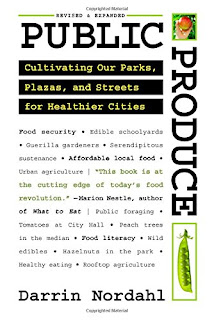
7.
Planning-related books on food and gardening. I was first introduced to Darrin Nordahl through his books on urban agriculture and transit.
Produce: Cultivating Our Parks, Plazas, and Streets for Healthier Cities, published by Island Press and now in its second edition, explores how to utilize public land as a way to grow food.
A community-focused illustration of Nordahl's thesis is presented in
The Urban Garden: How One Community Turned Idle Land into a Garden City and How You Can, Too.
It explores the programs of
Garden City Harvest, a non-profit in Missoula, Montana. They sponsor a variety of a farm projects, community gardens, school-based gardens, and CSAs, and the book discusses the impact of participation on individuals and the community.
It's in the vein of
The Town That Food Saved, about a very small Vermont town which is reorienting its economy around artisanal food production.)
Edible City has been out for a few years, and explores Greater Toronto's food system. It's a model for cities in how to cover this topic in a readable way, but focused on planning and policy.
(
The book was published by Coach House Books as part of series called uTOpia, addressing various concerns in the Toronto region from a variety of perspectives. That series too is a model of the value of having local publishing houses focused on publishing titles relevant to their region.)
In proof of the adage that big issues never go away, just pop up again and again in slightly different guises, note the headline at the bottom of the page of this 1923 magazine cover.
8.
Herb planters. Or how about a set of seeds, planter and soil (planted by you) of herbs, a so called "kitchen garden" so that your host--after the plants have grown--has access to fresh herbs for cooking.
9.
Locally-produced artisan food items. They can be specially produced items, locally produced wine, or even ice cream. For example, in DC, Maryland, Pennsylvania, and Northern Virginia, bringing a couple half-gallons of Trickling Springs Ice Cream (my favorite flavor is Coffee Bean Frappe).
Virginia has a great variety of vineyards. (We're fond of
Ingleside Vineyards in Virginia's Northern Neck, which is on the way to the George Washington Birthplace National Monument.)
At least in the Maryland side of the DC area, it's pretty common to have vineyards, breweries, and distillers hawking their products at farmers markets, so that can be a place to score some locally produced alcoholic beverages.
10.
Besides bringing a gift, how about making a gift to a food-related charity in honor of Thanksgiving and in the name of the host/ess? Food banks and community feeding programs of various sorts are an obvious choice. Or farmers markets serving the underserved (like the Crossroads Community Market in Takoma Crossroads/Langley Park, Maryland). Or community kitchen/food incubators,
like the one being developed in Takoma Park. Or programs working with youth like DC's
Brainfood.
For Thanksgiving, FRESHFARM farmers markets have designated a food charity for each of their markets through a program they call the
Fresh Food Drive. Donations are used to buy fresh foods that the organizations will use in cooking holiday meals.
Last year,
Ayanna Smith of the Escape Lounge on H Street NE started a tradition of her own. But I think she has moved out of the area.
From email:
Hi Everyone,
As some of you may recall, last year around the holidays I collected toiletries and new socks for the homeless and a group of families and friends went out into the streets on Christmas day to distribute them to people in need.
A number of the people from the community who donated items said they requested guests bring items to holiday gatherings and that allowed them to make large donations to this effort. So, I wanted to hit you all up with this ask before Thankgiving, in case you may be willing to ask your dinner guests to bring items to donate.
Here's what you can donate to the toiletry bag drive:
- New packs of socks for adults and children
- Feminine products
- Travel size soap, lotion, toothpaste
- Toothbrushes
- Gloves (adults and children)
You can email or text me to arrange to drop off your donation at The Escape Lounge on H Street (202-664-0900). Or, I can pick it up. Those of you who know where I live can leave your donations on my porch.
I will continue to collect donations until Saturday, December 16th.
=======
What a great thing to do. Better probably than spending time dishing out food at a food kitchen.
One of my neighbors,
Erin Palmer, an incoming ANC Commissioner, is organizing a food drive for the new short term homeless family housing building in our Ward.
======
11.
Set a place at the dinner table for a "silent, unseen guest". In this vein, History News Network has a post, "
This Thanksgiving Invite a “Silent Guest” to Dinner," about how students at Ohio's Mount St. Joseph University are leading a "silent guest" food program fundraising campaign ("
Students revive 'silent guest' tradition,"
Cincinnati Enquirer. Apparently it is modeled after a campaign in the late 1940s ("
Feed a silent guest and help promote peace,"
Wichita Eagle. From the article:
After World War II, thousands of American households took in "silent guests" at Thanksgiving. The "silent guest" campaign of 1947-48 asked Americans to open up their hearts and share their Thanksgiving bounty. Governor Robert Bradford of Massachusetts, a descendant of the Pilgrims who started Thanksgiving, proclaimed the new tradition of feeding a "silent guest" at the holiday meal.
American families were asked to donate the cost of feeding their "silent guest" to a committee in Plymouth, Massachusetts. The "silent guest" donations from Americans led to CARE packages of food being sent to starving families overseas. This was crucial for many countries in Europe, who were still reeling from the destruction caused by World War II. Drought had struck in the summer of 1947, causing severe food shortages.
The food from the "silent guest" helped keep Europe afloat until the U.S. backed Marshall Plan to rebuild could kick in. As Secretary of State George Marshall said, "food is the very basis of all reconstruction."
Enjoy the day.
Labels: food-agriculture-markets
